The Panzer IV was the backbone of the German tank divisions in WWII. Produced in vast numbers, it was present on all fronts, and its modifications over the years ensured its service throughout the war.
In fact, as 8,553 units were built, it was the most produced tank in the Wehrmacht. It was the second most produced armored vehicle after the StuG III. Its successor, StuG IV was based on the Panzer IV chassis.
It was a brainchild of no other than the father of Blitzkrieg himself, Heinz Guderian. The Panzer IV was already available in 1939 when it began replacing the obsolete Panzer I and II models. Although it was in the medium tank category, the Panzer IV was the most advanced and most capable machine of the German Army before the introduction of the infamous Tiger in 1942.
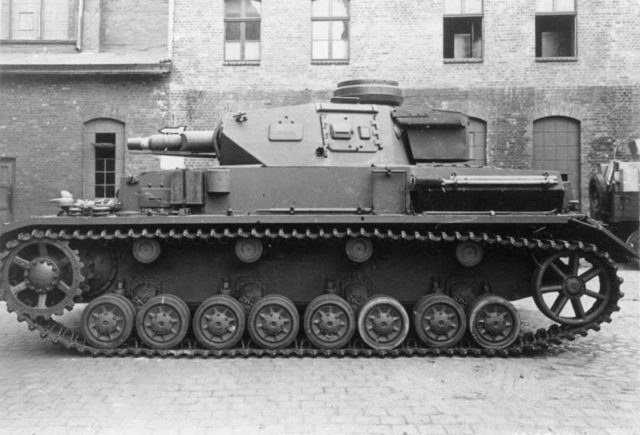
The Panzer IV A version was in production as early as 1936. It employed a short, howitzer-like 75 mm gun and was capable of achieving a speed of 31 kilometers per hour (19.26 mph) in road conditions. Soon after the invasion of the Soviet Union began, authorization was given for improvement of the tank’s firepower and engine.
The shock of encountering the Soviet T-34 and KV1 tanks made the Germans quickly develop a newly mounted gun capable of piercing the Soviet armor. It led to the implementation of the 75 mm Kampfwagenkanone 40, or the 7.5 cm KwK 40. The long barreled, improved version was classified as Panzer IV F2.
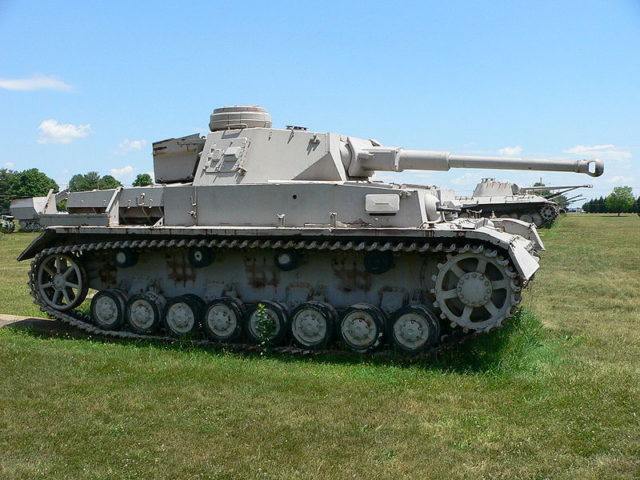
The longer gun gave the tank much-needed firepower, but it also added weight, encumbering the suspension to a critical degree. Several other improvements were added between 1941 and 1943 when the tank was finally perfected, and the weight issues were overcome.
The introduction of the Panzer IV H version in 1943, was viewed by many as the most successful design based on that chassis. It soon became the most produced version of the Panzer IV tank.
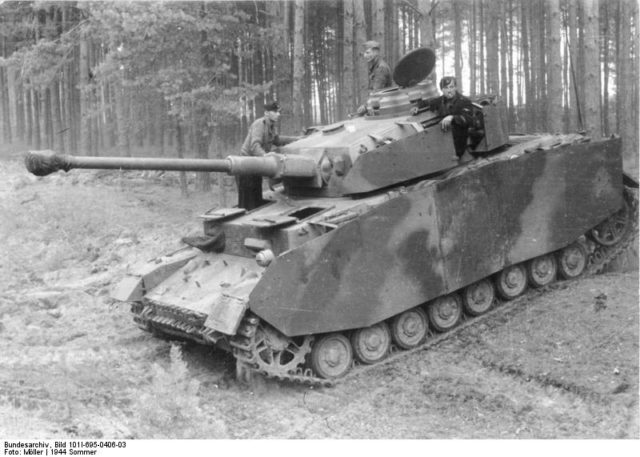
Apart from having a successful career in the German Army, the tank was massively exported to Axis forces and other interested countries. Hungary, Bulgaria, and Romania all employed the tank in their arsenal where they were used in the joint effort against the Soviet Union.
Finland ordered some tanks in 1944, but once the tanks arrived, the country switched sides and used the tanks against their distributor, Nazi Germany.
Apart from the countries involved in WWII, Spain, which was neutral, also received 20 Panzer IV tanks in 1943, although they requested 100 units.
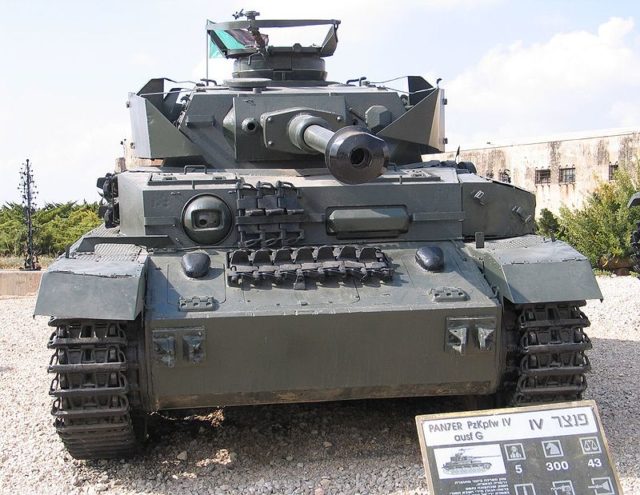
In total, around 300 Panzer IV tanks were delivered to Germany’s allies. Just before the fall of Italy’s Benito Mussolini, the German High Command sent 12 Panzer IV units which were to comprise the core of a new Italian tank division. Once Italy had fallen under Nazi occupation in 1943, following the Allied invasion, the tanks were put back into German service.
After the war, the Panzer IV tanks served as part of the Syrian army and participated in several conflicts in the Middle East during the Cold War.
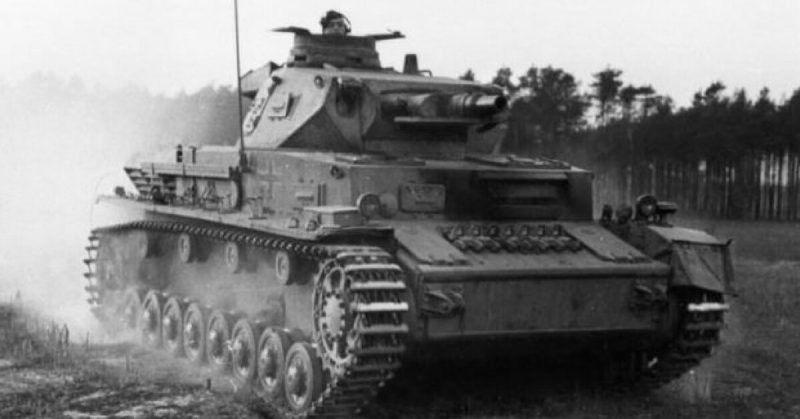 Photo Credit"
title="Panzer IV Ausf. C, circa 1943;
Photo Credit"
title="Panzer IV Ausf. C, circa 1943;